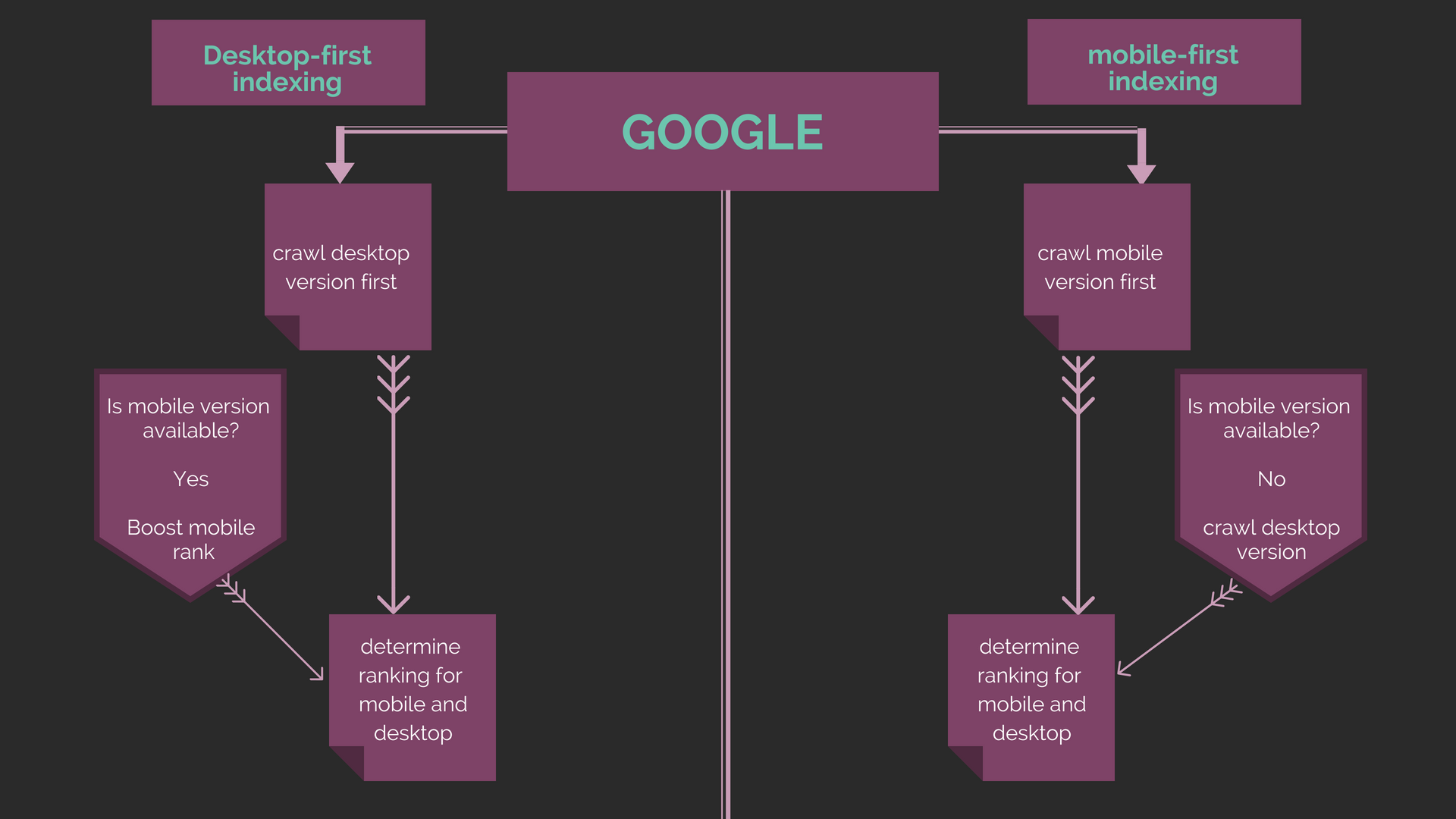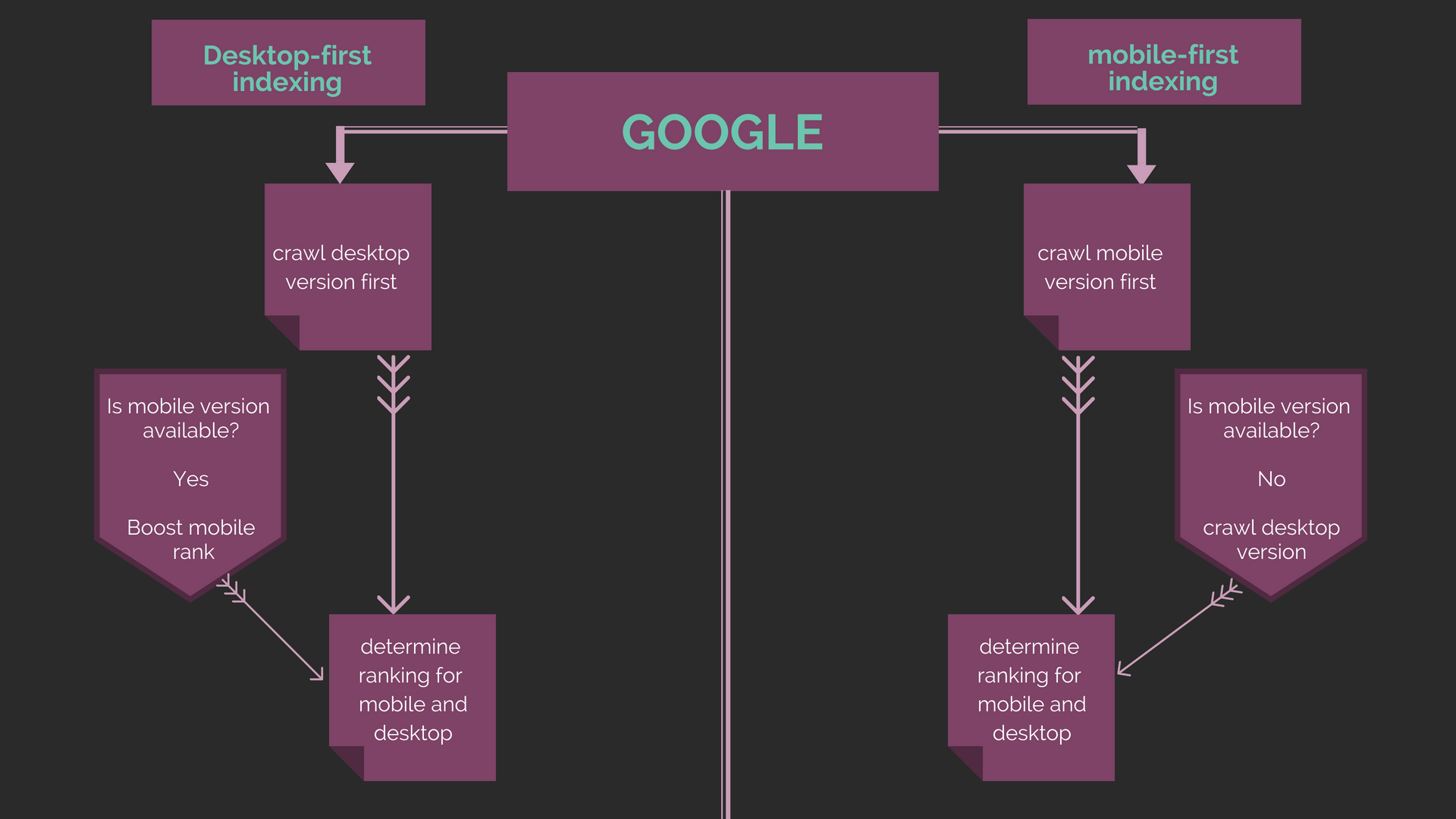There was a time whenever I heard the word SEO, I was left with several questions and a cloud of confusion. However, I soon learnt the finer nuances of marketing, social media and website ranking. It was during this phase that I stumbled upon words like ranking and indexing and, how they help with website search.
With the rise in the smartphone usage every individual we see today has a smartphone and is often browsing some or the other website. It is this trend that led to Google’s ‘mobile-first indexing’. In this article, we’ll decode Google’s Mobile-first indexing and its impact on SEO.
Understanding Mobile-first indexing
There’s a 50% chance you’re reading this article from a mobile device as opposed to a desktop. My assumption is based on the mobile usage statistics where an average mobile website viewer has scaled up in comparison with the desktop. The current percentage as of 2018 is 52.2% globally.
This rise in the use of mobile devices raised doubt if there’s an impact on page ranking and indexing. Owing to this Google announced its Mobile-first indexing and on March 26 this year Google eventually began rolling out mobile-first indexing.
In simple words, mobile-first indexing means if you have a mobile as well as a desktop version of your website, the mobile website is where Google will start indexing first. The reason for it being called ‘mobile-first’ is that it’s not just a mobile-only index. For example, if you don’t have a mobile version of your website the desktop version will still be indexed as before.
The diagram below, explains the difference between mobile-first and desktop-first indexing:

 Now that we’ve understood what mobile-first indexing is let us look at the changes that Google has made:
Now that we’ve understood what mobile-first indexing is let us look at the changes that Google has made:
- If you only have a desktop website or a responsive web design or your web pages were created in canonical AMP HTML, then there are no changes to your website during indexing. This is because the mobile version is the same as the desktop version.
- Earlier, having a mobile website meant that your index and rank would get divided between the desktop and mobile website. It was, therefore, preferable to have a responsive website only. However, if at the moment you have two different URLs for your website, then Google would index your mobile website first and later index your desktop website, such that you do not lose out on ranking and indexing.


- If the content of your website varies depending on different users and devices i.e you have dynamic content then again your mobile website will be preferred for indexing first.
- If you designed your web pages using both AMP and non-AMP, then there would be two different URLs. In this case, Google will prefer the non-AMP mobile version of your website while indexing.
Now that we’ve seen the changes Google has come up with in mobile-first indexing, as a business owner, it is important to consider the implications of SEO. The best practices more or less remain the same.
Let us cover the 3 best practices:
-
Content
When talking about mobile-first indexing, this goes beyond keywords that help Google rank and index your website. What this primarily means is that if you have a mobile website, you should have the same primary content for both versions of your website.
-
Metadata
Metadata is another important aspect when it comes to ranking your website. You need to make sure that the metadata and the titles in both these versions are the same. A different title or description would create confusion while crawling and indexing.
-
Server Capacity
The capacity of your servers plays an important role. You must take care that your server has enough capacity to handle an increase in the crawl rate of your mobile website. Choosing the right hosting matters a lot. It, after all, determines the load speed of your website and contributes to your search engine ranking. If I were to recommend, I would suggest Cloud Hosting for the very reason of easy scalability and blazing fast website speed.
On the whole Google’s mobile-first indexing doesn’t change much when it comes to SEO and indexing. It is a set of best practices websites should strive to follow should they wish to attain optimum results in a market driven by users using both mobiles as well as the desktop for browsing your website.
If you have any comments or suggestions please leave them in the box below!
There is no ads to display, Please add some



